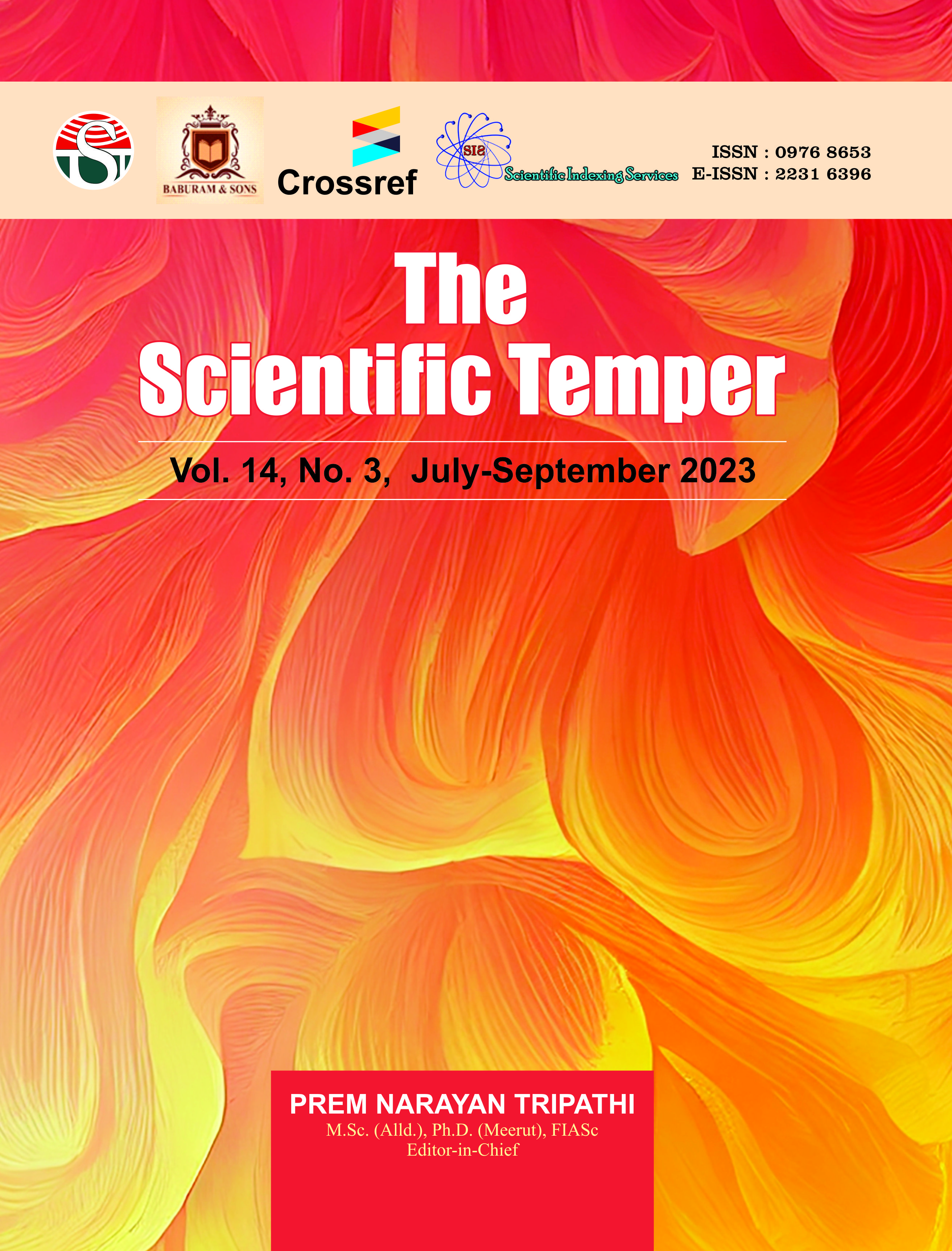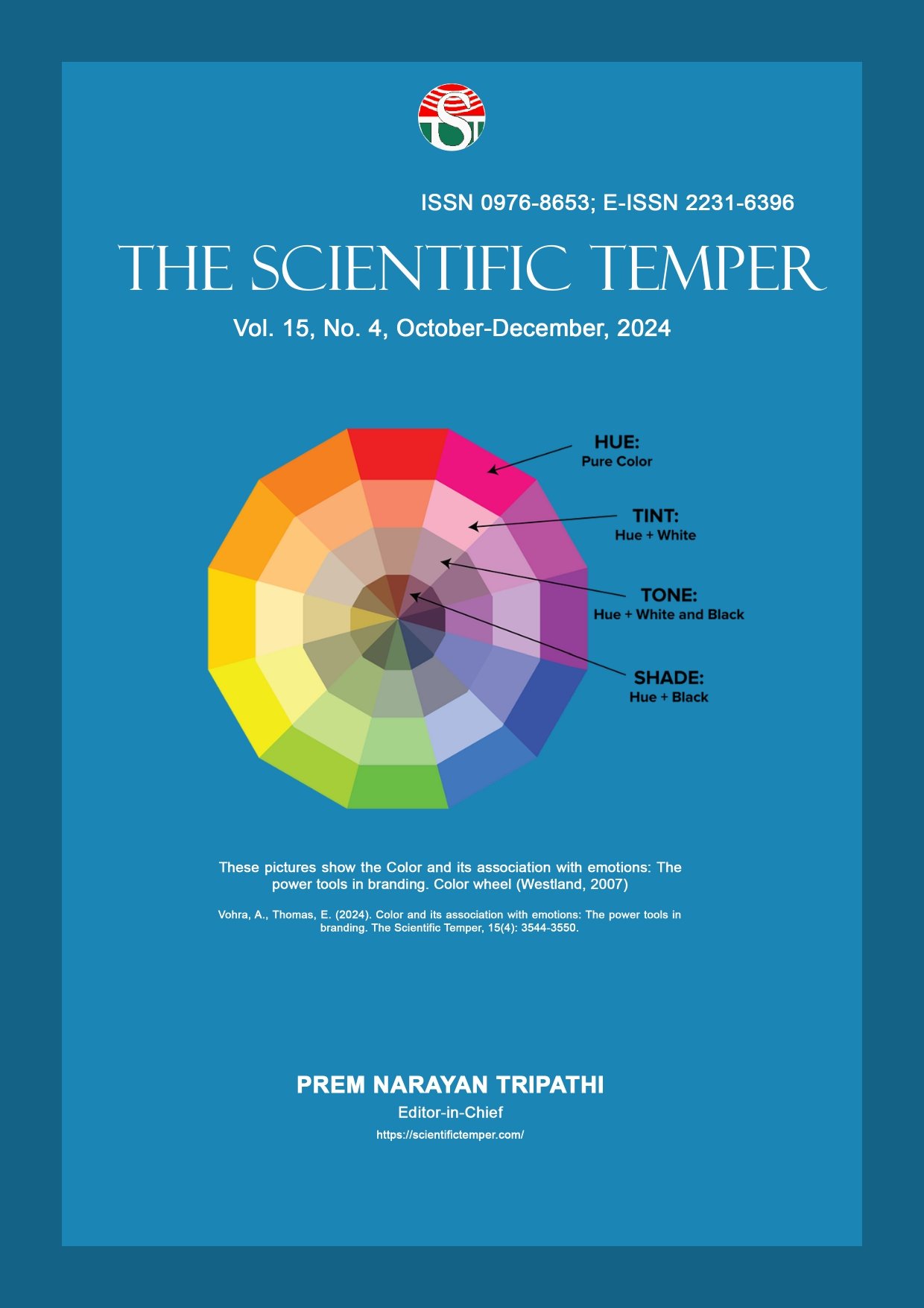Quantum Key Distribution-based Techniques in IoT
Downloads
Published
DOI:
https://doi.org/10.58414/SCIENTIFICTEMPER.2023.14.3.69Keywords:
Authentication,Cryptography, Internet of Things, Quantum Computing, Quantum Key Distribution.Dimensions Badge
Issue
Section
License
Copyright (c) 2023 The Scientific Temper

This work is licensed under a Creative Commons Attribution-NonCommercial-ShareAlike 4.0 International License.
Quantum key distribution (QKD) is a cryptographic technique that creates a secure channel of communication between two parties by applying the ideas of quantum physics. QKD ensures the confidentiality and integrity of data transmission by providing a unique key that the intended recipient can only access. Secure communication has become paramount with the proliferation of IoT (Internet of Things) devices. IoT devices have confined computational power and storage, making them vulnerable to attacks. QKD provides a safe and efficient solution for securing communication between IoT devices. This paper examines how QKD can be utilized in IoT, discussing its benefits and limitations, followed by the discussion on various QKD protocols suitable for IoT devices. In addition, the paper demonstrates that QKD is a promising solution for securing IoT communication, and its adoption significantly enhances the security and reliability of IoT networks.Abstract
How to Cite
Downloads
Similar Articles
- Rustam Gulomov, Khilolakhon Rakhimova, Avazbek Batoshov, Doniyor Komilov, Bioclimatic modeling of the species Phlomoides canescens (Lamiaceae) , The Scientific Temper: Vol. 14 No. 04 (2023): The Scientific Temper
- Poonam Sharma, Anindita S.Chaudhuri, Subhash Anand, Ankur Srivastava, Ashutosh Mohanty , Pravin Kokne, Measuring the relationship of land use land cover, normalized difference vegetation index and land surface temperature in influencing the urban microclimate in northeast Delhi, India , The Scientific Temper: Vol. 15 No. 03 (2024): The Scientific Temper
- Shaik Chanbasha, N. Jayakumar, N. Bupesh Kumar, A self-regulating optimization algorithm for locating and sizing a local power generation source for a radial structured distribution system in deregulated environment , The Scientific Temper: Vol. 15 No. 03 (2024): The Scientific Temper
- Lakhan Kumar Tiwari, Nalini Bhardwaj, Fish Diversity and Spatial Distribution in Gandak Floodplains of Gopalganj District, Bihar (India) , The Scientific Temper: Vol. 13 No. 01 (2022): The Scientific Temper
- Sheena Edavalath, Manikandasaran S. Sundaram, Cost-based resource allocation method for efficient allocation of resources in a heterogeneous cloud environment , The Scientific Temper: Vol. 14 No. 04 (2023): The Scientific Temper
- Dileep Pulugu, Shaik K. Ahamed, Senthil Vadivu, Nisarg Gandhewar, U D Prasan, S. Koteswari, Empowering healthcare with NLP-driven deep learning unveiling biomedical materials through text mining , The Scientific Temper: Vol. 15 No. 02 (2024): The Scientific Temper
- Arunima Dey, New gender representation on the Indian OTT platform: A study on web series “Made in Heaven” , The Scientific Temper: Vol. 15 No. 01 (2024): The Scientific Temper
- V Vijayaraj, M. Balamurugan, Monisha Oberai, Machine learning approaches to identify the data types in big data environment: An overview , The Scientific Temper: Vol. 14 No. 03 (2023): The Scientific Temper
- Sachin V. Chaudhari, Jayamangala Sristi, R. Gopal, M. Amutha, V. Akshaya, Vijayalakshmi P, Optimizing biocompatible materials for personalized medical implants using reinforcement learning and Bayesian strategies , The Scientific Temper: Vol. 15 No. 01 (2024): The Scientific Temper
- Sabeerath K, Manikandasaran S. Sundaram, ESPoW: Efficient and secured proof of ownership method to enable authentic deduplicated data access in public cloud storage , The Scientific Temper: Vol. 15 No. 04 (2024): The Scientific Temper
<< < 1 2 3 4 5 6 7 8 9 10 > >>
You may also start an advanced similarity search for this article.



